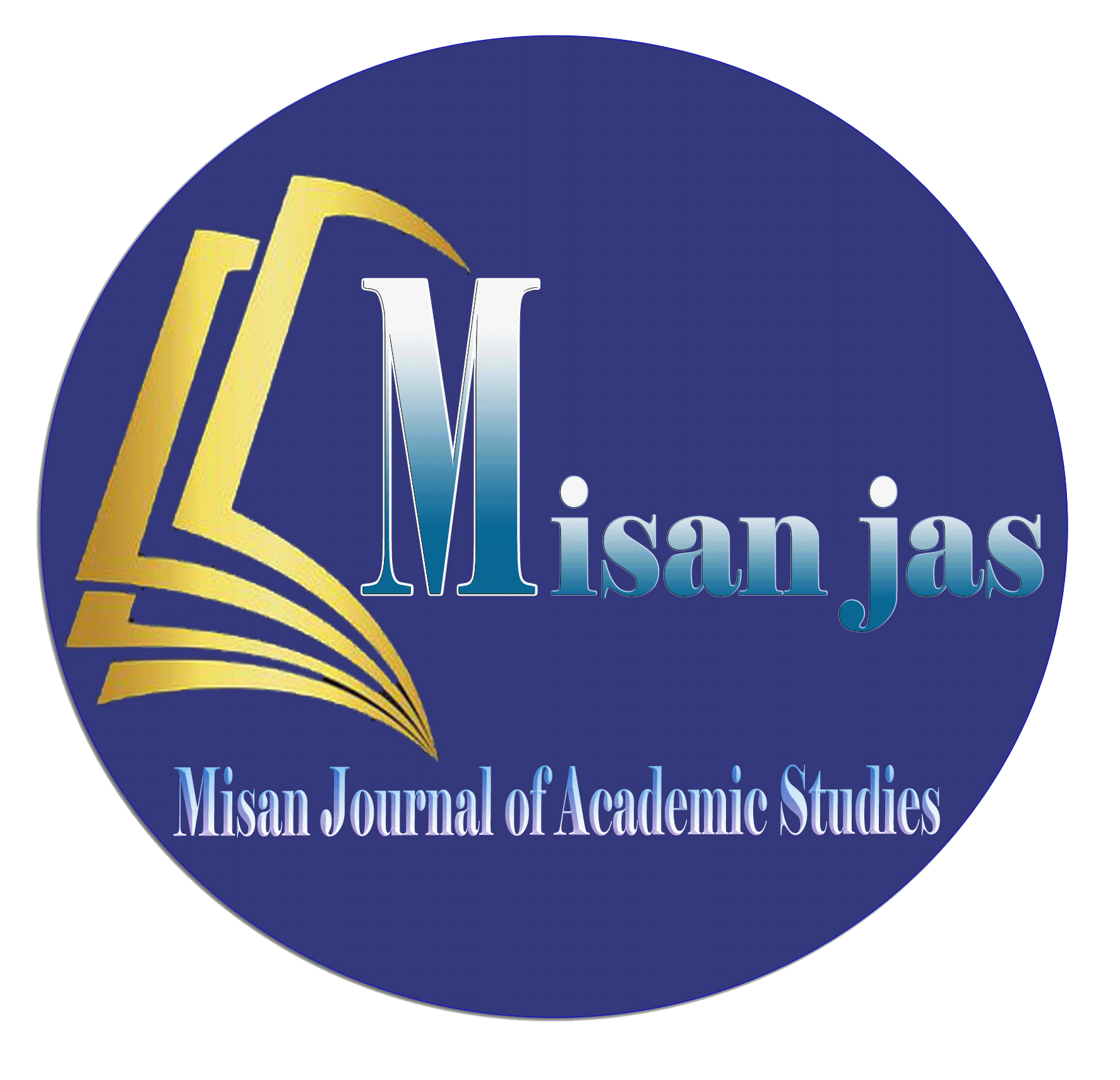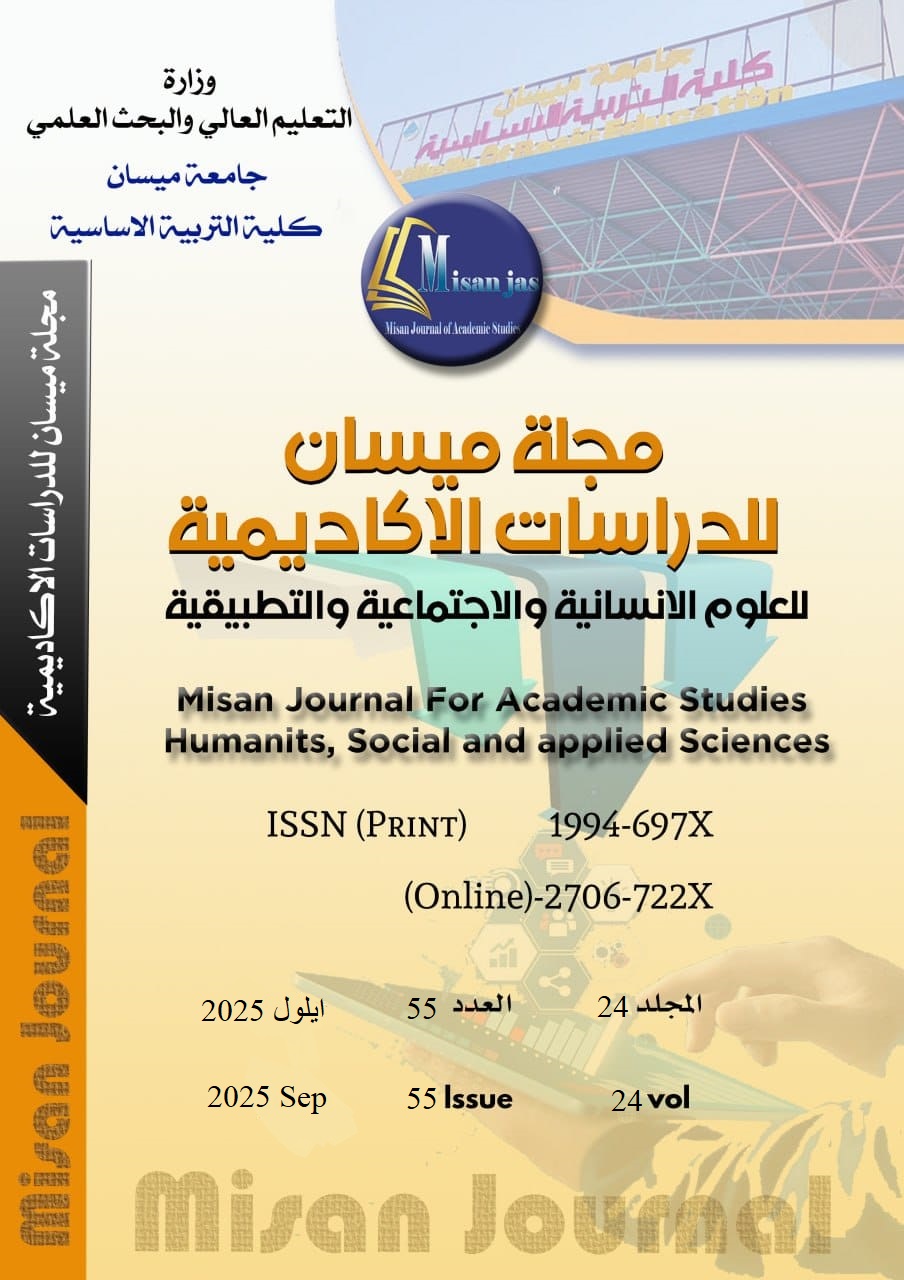Estimate of cold plasma on antibiotic resistance and biofilm formation in Staphylococcus aureus isolated from clinical cases
Abstract
Background: Staphylococcus aureus is a commensal and opportunistic bacterium and the leading cause of human bacterial infections worldwide. S. aureus exhibits significant resistance to antibiotics, particularly methicillin-resistant Staphylococcus aureus (MRSA) strains. This resistance is a growing global concern, as S. aureus can rapidly adapt to various antibiotic treatments, making these bacteria difficult to treat. The ability to form biofilms enhances this resistance, allowing S. aureus to persist in infections and become resistant to antibiotics. Therefore, alternative treatment options to antibiotics are needed to control antibiotic resistance and biofilm formation, and cold plasma may be an alternative. Objective: This study aimed to evaluate the effect of cold plasma on S. aureus antibiotic resistance and its ability to form biofilms. Methodology: 100 clinical samples were collected, isolated, and identified. S. aureus isolates were exposed to cold plasma for different time periods (3, 6, and 9 minutes). Changes in susceptibility to several antibiotics were assessed using the disk diffusion method. A biofilm formation assay was also performed using crystal violet staining. Results: The results demonstrated the clear effectiveness of cold plasma against S. aureus antibiotic resistance and ability to form biofilms. The effectiveness of the tested antibiotics was increased, while the bacteria lost their ability to form biofilms by 100%. The results support the idea of using cold plasma technology as an alternative to antibiotics to eliminate pathogenic and antibiotic-resistant bacteria, and thus treat some diseases associated with these bacteria. Conclusion: The results demonstrated the potential of using cold plasma technology as an alternative to antibiotics to treat diseases associated with S. aureus.
Downloads
Copyright (c) 2025 (Humanities, social and applied sciences) Misan Journal of Academic Studies

This work is licensed under a Creative Commons Attribution-NonCommercial-NoDerivatives 4.0 International License.
The copyright is also the copyright of the magazine only.
All articles published in our magazine are subject to license terms
Creative Commons Attribution(CC BY-NC-ND 4.0) This license permits the content to be reproduced, redistributed and reused in whole or in part for any purpose free of charge, without any permission from the author(s), researcher or student.
Works submitted to Maysan Journal of Academic Studies for publication in the journal (CC BY-NC-ND 4.0) license terms. Where available content can be shared, distributed and replicated provided there is no commercial profit and appropriate credit must be given to the original source through sources or citations. It is mandatory to review any material used from other sources including shapes, tables, and images for re-use under the terms of the Creative Commons License (CC BY-NC-ND 4.0).Provided that there is no modification to the original content



